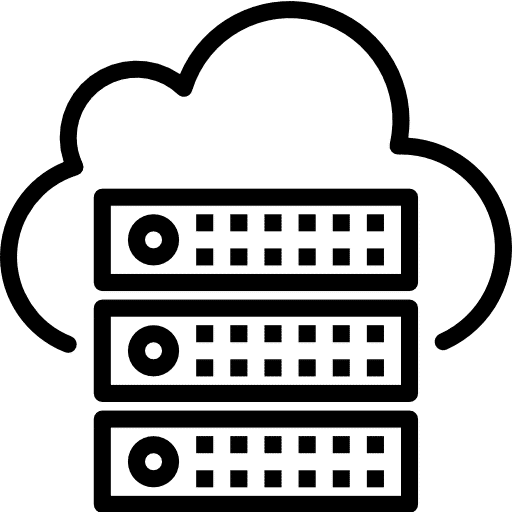Golang, commonly referred to as Go, stands as a modern and efficient programming language developed by Google. It was created with a strong emphasis on simplicity, concurrency, and performance, making it an ideal choice for companies looking to build highly efficient and scalable software applications.
One of the key features of Golang is its simplicity in syntax and structure. The language was designed to be easy to learn and use, enabling developers to write clean and readable code. This simplicity doesn’t compromise on its power; Go offers a rich set of functionalities and powerful built-in libraries that streamline the development process.
Concurrency is a fundamental aspect of Golang. Goroutines, lightweight threads managed by the Go runtime, enable concurrent execution of functions, allowing applications to handle multiple tasks simultaneously. The ‘channel’ mechanism facilitates communication and synchronization between Goroutines, simplifying the development of concurrent programs.
Golang’s performance is another highlight, characterized by its fast compilation speed and efficient resource utilization. This performance-oriented approach makes it suitable for building high-performance applications, especially in scenarios where speed and efficiency are critical factors.
The language also boasts strong standard libraries, providing developers with a wealth of tools and packages for various tasks, including networking, encryption, testing, and more. Moreover, Golang’s robust error handling mechanism ensures reliability and stability in applications by making error management straightforward and explicit.
For companies venturing into software development projects, Golang offers numerous advantages. Its efficiency, scalability, and concurrent capabilities make it well-suited for building web applications, microservices, cloud-based systems, and network servers. Its strong performance and simple syntax contribute to faster development cycles and easier maintenance of codebases.
Additionally, Golang’s open-source nature fosters a thriving community, providing extensive resources, tutorials, and support for developers. The language’s growing popularity and adoption among tech giants further solidify its position as a reliable and future-proof technology for modern software development projects.
In summary, Golang emerges as a versatile and powerful programming language, offering a perfect blend of simplicity, performance, and concurrency for companies seeking to develop efficient and scalable software solutions. Its user-friendly syntax and robust functionalities make it an excellent choice for building high-performance applications across various domains.

















